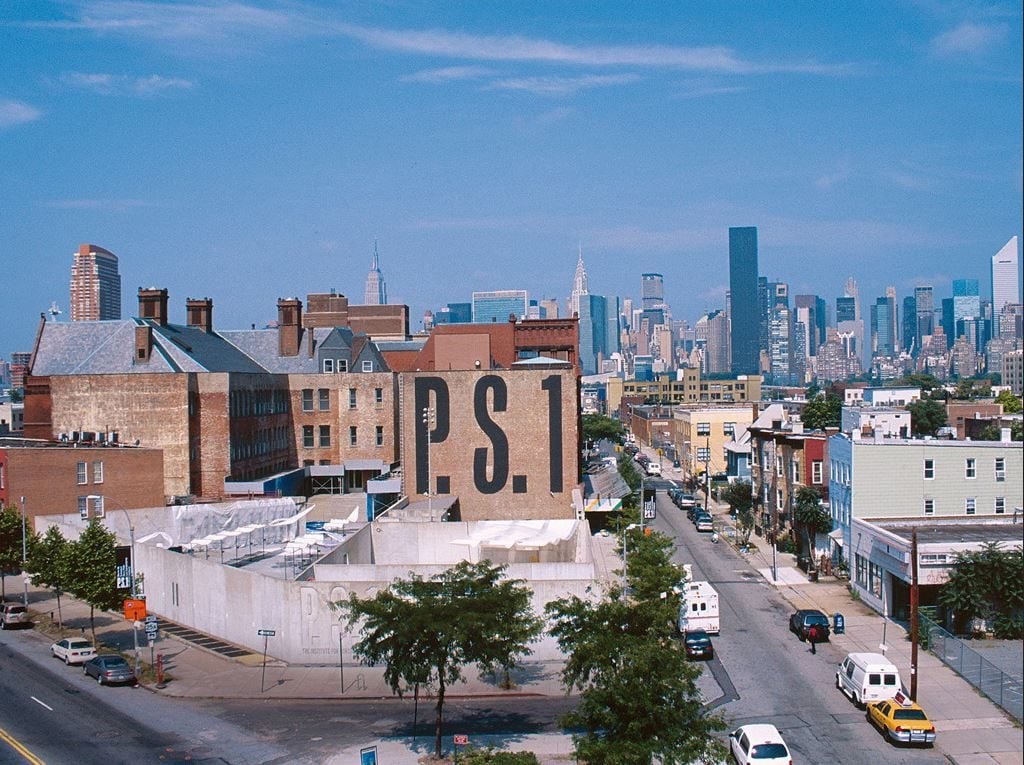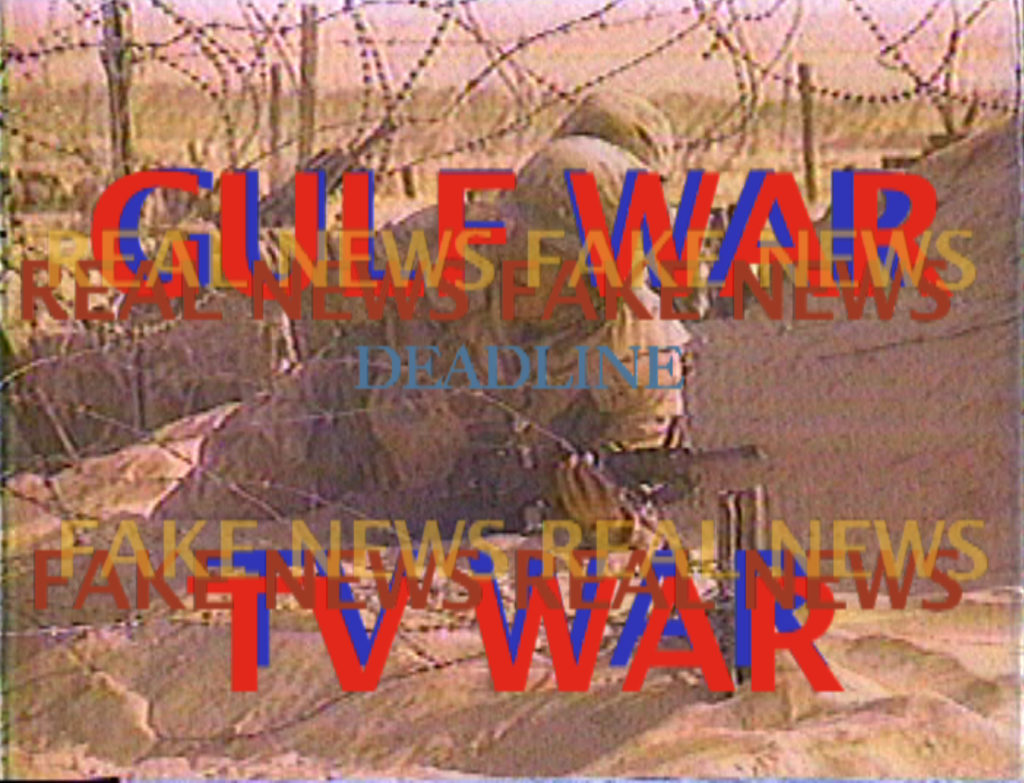Art World
A Group of Middle Eastern Artists Was Denied Entry to the US to Attend the Opening of Their Own MoMA PS1 Show
Many other artists didn’t even try to obtain visas for the opening.

Many other artists didn’t even try to obtain visas for the opening.

Taylor Dafoe

This weekend, MoMA PS1 in New York opened “Theater of Operations: The Gulf Wars, 1991–2011,” a sprawling group exhibition of 250-plus works that examine the toll of American conflicts in the Middle East.
Of the roughly 80 artists and collectives featured in the show, around 30 hail from Iraq, while dozens of others come from Kuwait, Lebanon, and countries in the surrounding region.
And some of those artists who are still based in Middle East were prevented from traveling to the US for the show’s opening.
At least four artists tried to get travel visas to make the trip, but were denied either because of the travel ban imposed by President Trump, or because of other diplomatic issues, the museum tells Artnet News. That number could have been much higher: other artists didn’t even attempt to apply for a visa, knowing what the outcome could be.
“More would have wanted to come, but knew there was no way,” says one of the show’s curators, Ruba Katrib, noting the irony. “Artwork is able to travel more easily in some cases than the artists themselves.”

A still from Michel Auder’s Gulf War TV War (1991). Courtesy of the artist and Martos Gallery, New York.
Young Baghdadi artist Ali Eyal wanted to travel for the opening but couldn’t. Afifa Aleiby, an Iraqi painter currently based in the Netherlands, applied for a visa but was denied. Another artist who the curator chose not to name did make it to the opening, but was questioned upon arrival into the US.
Katrib says that while many of the show’s artists are Iraqi, only a handful actually live in the country today. The show caps its scope in 2011, with the withdrawal of US forces from Baghdad and the effective end of the Iraq War. But the curator notes that the violence has continued.
“It’s important to recognize the recent history of this region, but also to remember that the conflict has not disappeared,” she says.
The show also includes works by Dia al-Azzawi, Thuraya al-Baqsami, Harun Farocki, Shakir Hassan, Mona Hatoum, Judith Joy Ross, Hanaa Malallah, Susan Meiselas, Monira Al Qadiri, and Nuha al-Radi.